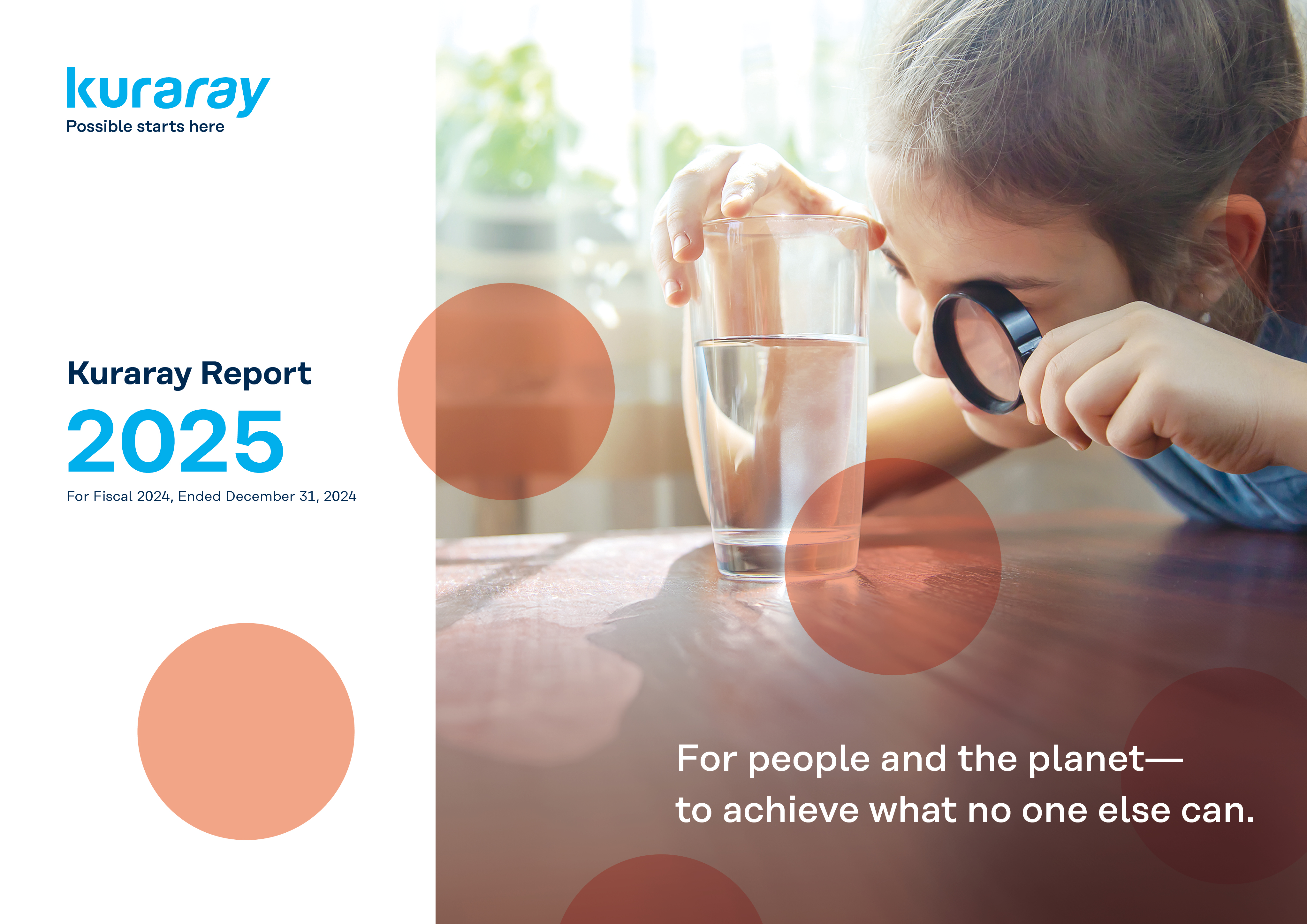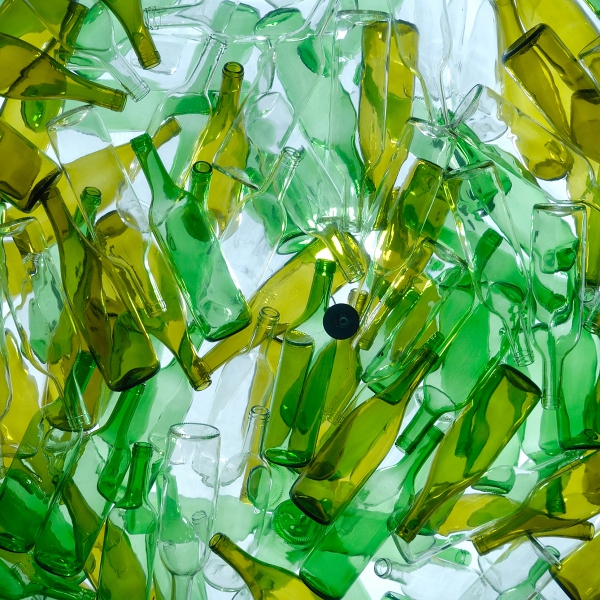Apple’s decision to revert to aluminum for the iPhone 17 Pro Max, following two generations of premium titanium, marks a pivotal moment in smartphone manufacturing. This strategic shift, driven by an unwavering commitment to environmental stewardship, prioritizes sustainability without compromising the performance demands of a flagship device. Far from a mere material change, it represents a conscious design philosophy that places long-term environmental impact at the forefront, setting a new benchmark for the industry.
The environmental implications of this transition are substantial. With Apple aiming for carbon neutrality by 2030, the move from titanium to aluminum is a crucial step. Reports from materials science data indicate a remarkable 67% reduction in carbon footprint by incorporating aluminum compared to titanium production. While titanium boasts a superior strength-to-weight ratio, aluminum’s higher recyclability significantly outweighs this advantage in the context of a circular economy. This focus on reduced environmental impact demonstrates a clear prioritization of planetary well-being over marginal performance gains.
Beyond its environmental benefits, aluminum offers tangible performance advantages, particularly in thermal management. Its superior thermal conductivity, 237 W/m·K compared to glass’s 0.6 W/m·K, enables the iPhone 17 Pro Max to naturally dissipate heat, especially from the camera and processor, which are significant heat generators. This inherent heat sink capability is critical for Pro models, ensuring sustained performance during intensive tasks and preventing thermal throttling. The lighter weight of aluminum, by 10-15 grams, further facilitates the integration of larger batteries and sophisticated camera systems, enhancing the user experience.
Apple’s move with the iPhone 17 Pro Max is poised to instigate a broader industry shift towards sustainable materials. While Android manufacturers have already incorporated recycled aluminum alloys and hybrid material designs, Apple’s high-profile transition is likely to accelerate the adoption of similar practices across the mobile landscape. The emphasis on aluminum for the Pro Max, in contrast to the rumored partial titanium in the iPhone 17 Air for premium aspirational buyers, firmly positions the Pro Max as an environmentally conscious flagship, aligning with Apple’s brand identity as an innovator and responsible corporate citizen.
In essence, the design philosophy behind the iPhone 17 Pro Max signifies a profound shift in Apple’s priorities. It underscores a commitment to long-term sustainability and resource efficiency, moving beyond the yearly cycle of incremental updates driven solely by marginal performance enhancements. This strategic re-embrace of aluminum, coupled with its superior thermal management capabilities, positions the iPhone 17 Pro Max as a forward-looking investment, demonstrating that true innovation lies not in the pursuit of exotic materials, but in the intelligent application of established technologies to maximize both environmental and performance benefits for a sustainable future.
Source: Apple with additional information added by GlassBalkan







